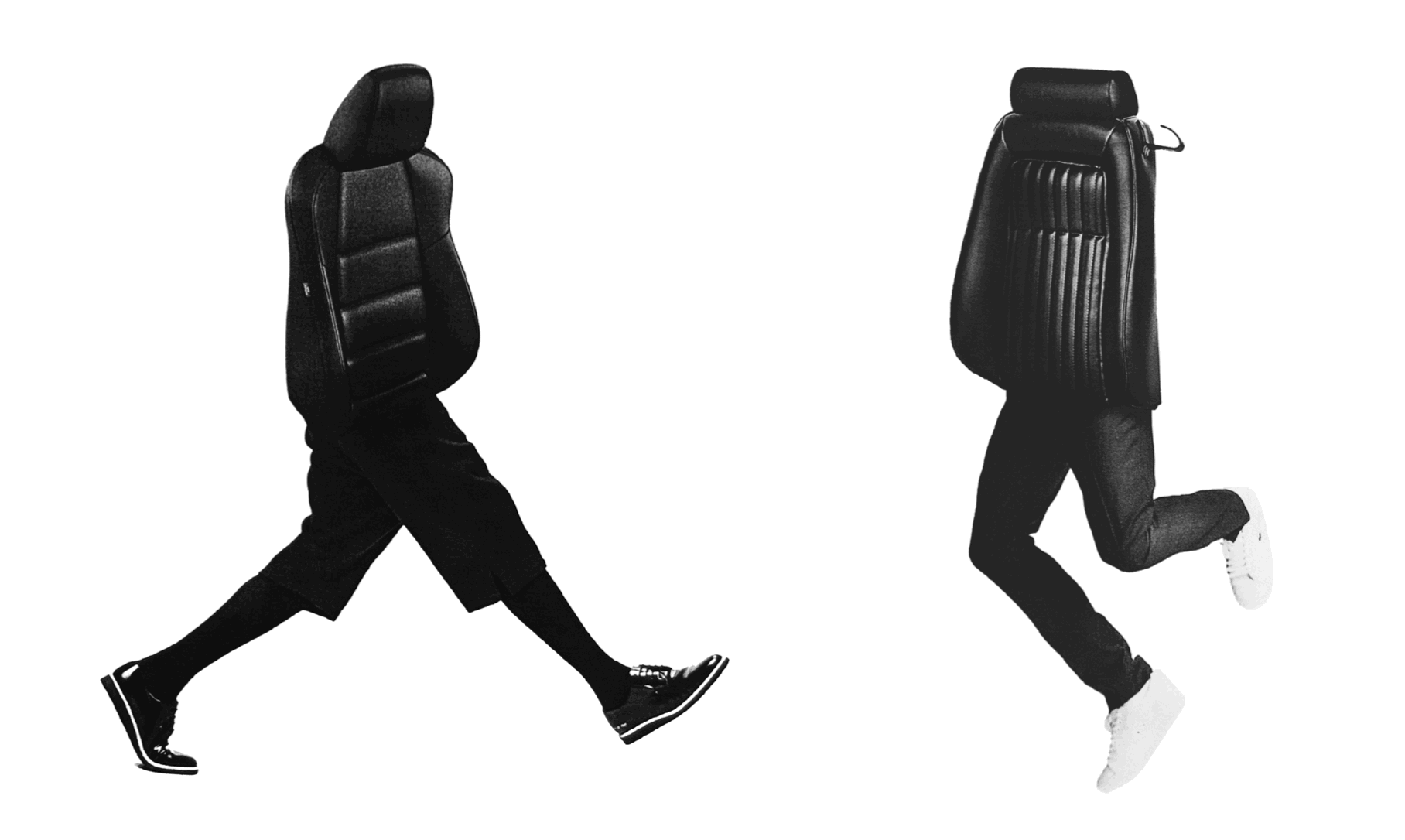We live in an age of transnationalisms. At Furtherfield, artists test all the borders
From Jeremy Hutchinson’s Moveables
Furtherfield is one of the most unusual galleries in London - based in two buildings in the Finsbury Park, and committed to spreading digital literacy (and critical thinking) throughout the local communities (we’ve profiled them before).
Their new exhibition, Transnationalisms (15 September - 21 October 2018
Sat - Sun, 11:00 - 17:00 or by appointment) is curated by James Bridle, one of the most interesting artists working with questions of technology and control (Pat Kane, A/UK co-initiator, reviewed his latest book New Dark Age recently).
From the curator’s statement:
We live in a time of stark and often violent paradoxes.
The increasing liberalisation of social values in some parts of the world -compared to increasing fundamentalism in others.
The wealth of scientific discovery and technological advances - contrasted with climate denialism, “post-factual” and conspiracy-driven politics.
Freedom of movement for goods and finance - while individual movement is ever more constricted and subject to law;
A drive towards agency, legibility and transparency of process - while automation, computerisation and digitisation, render more of the world opaque and remote.
At every level, mass movement of peoples and the rise of planet-scale computation is changing the way we think and understand questions of geography, politics, and national identity.
These ever-increasing contradictions are seen most acutely at the border. Not merely the border between physical zones and between nation states, with their differing legal jurisdictions and requirements for entry and residency.
But also the border between the physical and digital, when we apparently - but perhaps misleadingly and certainly temporarily - cross over into a different zone of possibility and expression.
Bridle has pulled together a group of artists who are testing these border issues. The graphic above is from Jeremy Hutchinson’s Moveables, grotesque cartoons inspired by
a found photograph, taken by police at a border point somewhere in the Balkans. It showed the inside of a Mercedes, the headrests torn open to reveal a person hiding inside each seat” (example from Daily Mail). These images testify to a reality where human bodies attempt to disguise themselves as inanimate objects, simply to acquire the same freedom of movement as consumer goods. Movables translates this absurdity into a series of photo collages, combining elements of high-end fashion and car adverts.
Raphael Fabre, CNI, 2017.
Another artist, Raphael Fabre, shows the results of an interesting stunt:
On April 7th, 2017, Fabre submitted a request for a French ID card. All of his papers were deemed to be legal and authentic and so the demand was accepted and a new national ID card was issued.
In fact, the photo submitted to accompany this request was created on a computer, from a 3D model, using several different pieces of software and special effects techniques developed for movies and video games.
Just as our relationship with governments and other forms of authority is increasingly based on digital information, so the image on the ID is entirely virtual.
The artist’s self- portrait suggests the way in which citizens can construct their own identities, even in an age of powerful and often dehumanising technologies.
There are several other artworks, of equal interest. We love the playful yet critical tone - it feels immediately usable for the kinds of citizens we encounter (and want to encourage). More information here.


